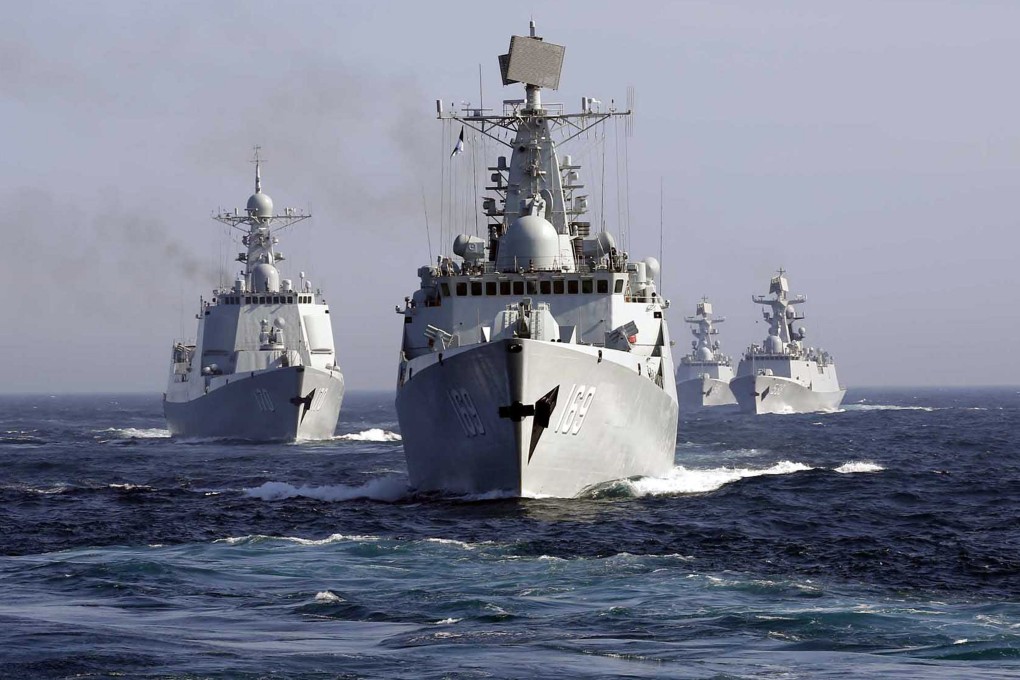China's navy no longer so inferior to Japan's, experts say
While Japan's navy may have a qualitative advantage over China's, the much bigger People's Liberation Army is catching up, analysts say.

China's loss of the first Sino-Japanese war has been attributed to a disorganised navy. Although the northern fleet equalled, some say exceeded, the Meiji navy in terms of firepower, it was annihilated because it lacked coordination among its military units.

In sheer manpower, China has the upper hand, with Beijing putting the PLA Navy's strength at 235,000, or more than five times the number in the Japan Maritime Self-Defence Force.
But the Japanese navy has being training with modern warfare strategies, and with different units, for decades, according to Macau-based military expert Antony Wong Dong.
"PLA units are still exploring new ways to operate jointly, which could lead to merging their different weapon systems together," Wong said.
Toshi Yoshihara, an associate professor at the US Naval War College, said that although the Japanese navy was still superior in technological sophistication and experience, China was catching up quickly.